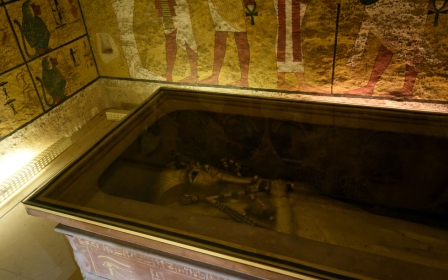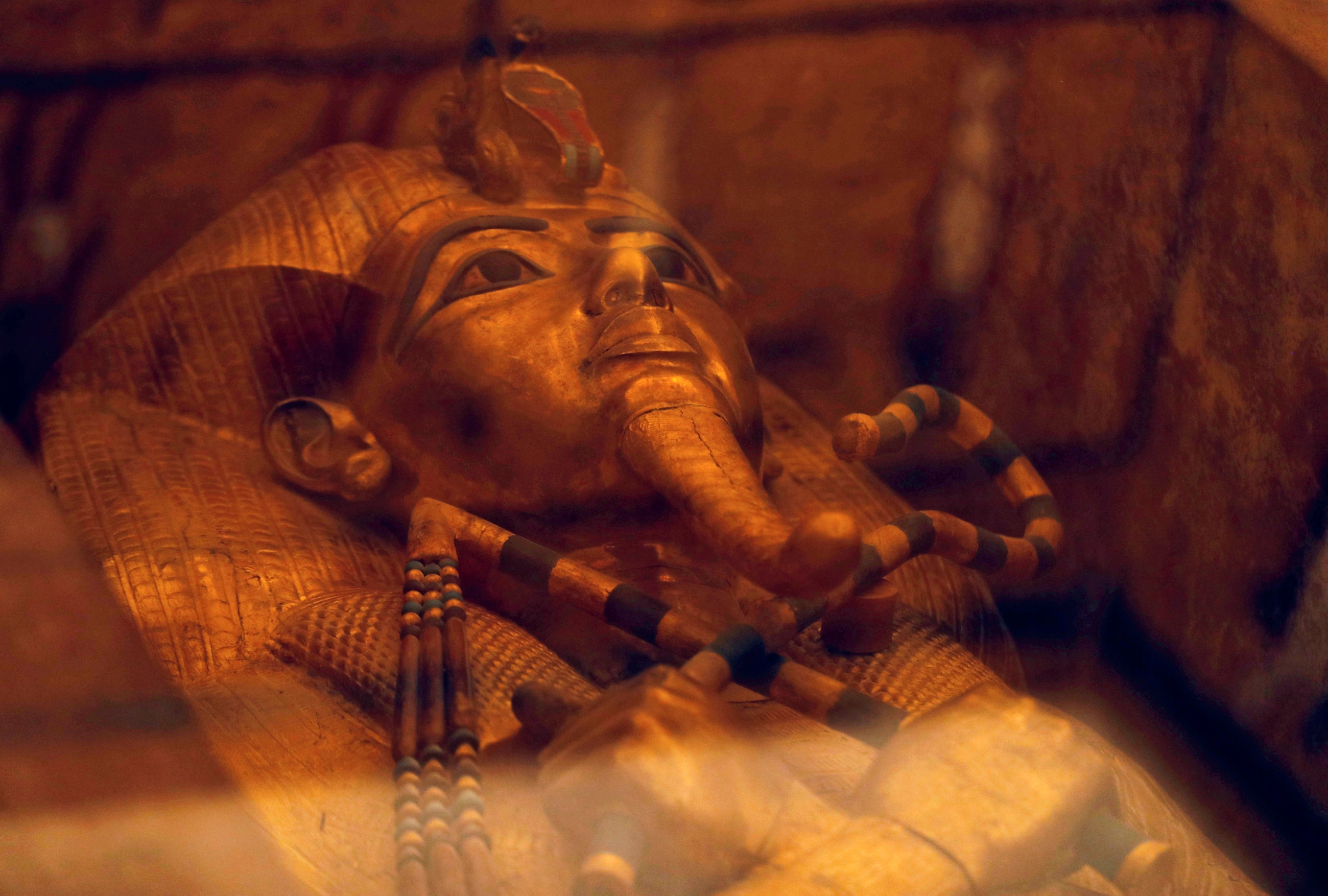
In pictures: The tomb of Egyptian pharoah Tutankhamun is reopened
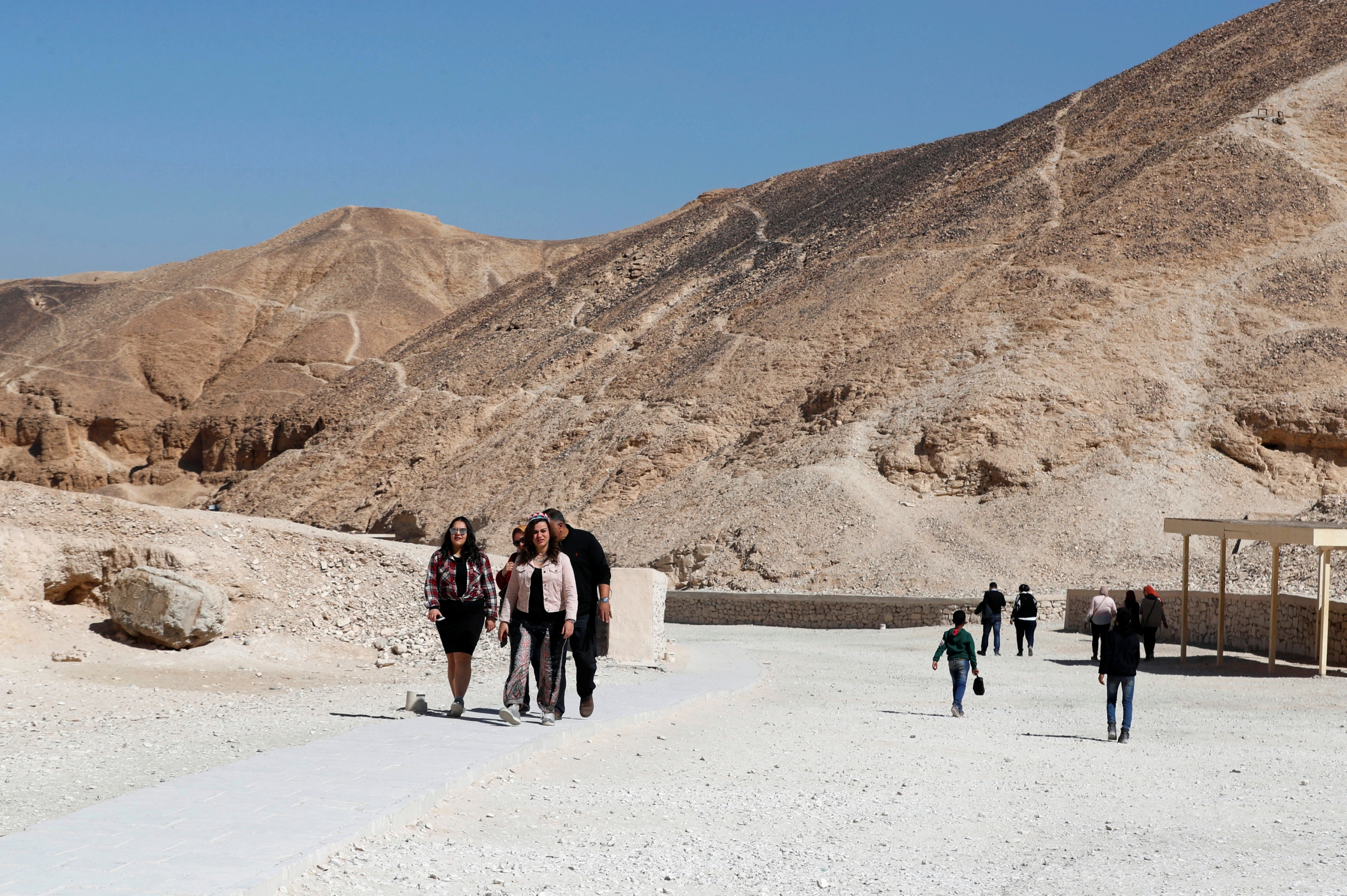
The tomb is located in the Valley of The Kings in Luxor, on the west bank of the Nile and around 200 miles upriver from Cairo. The first tombs date back to around 1600 BC. Female consorts were usually buried nearby in the Valley of the Queens (Reuters)
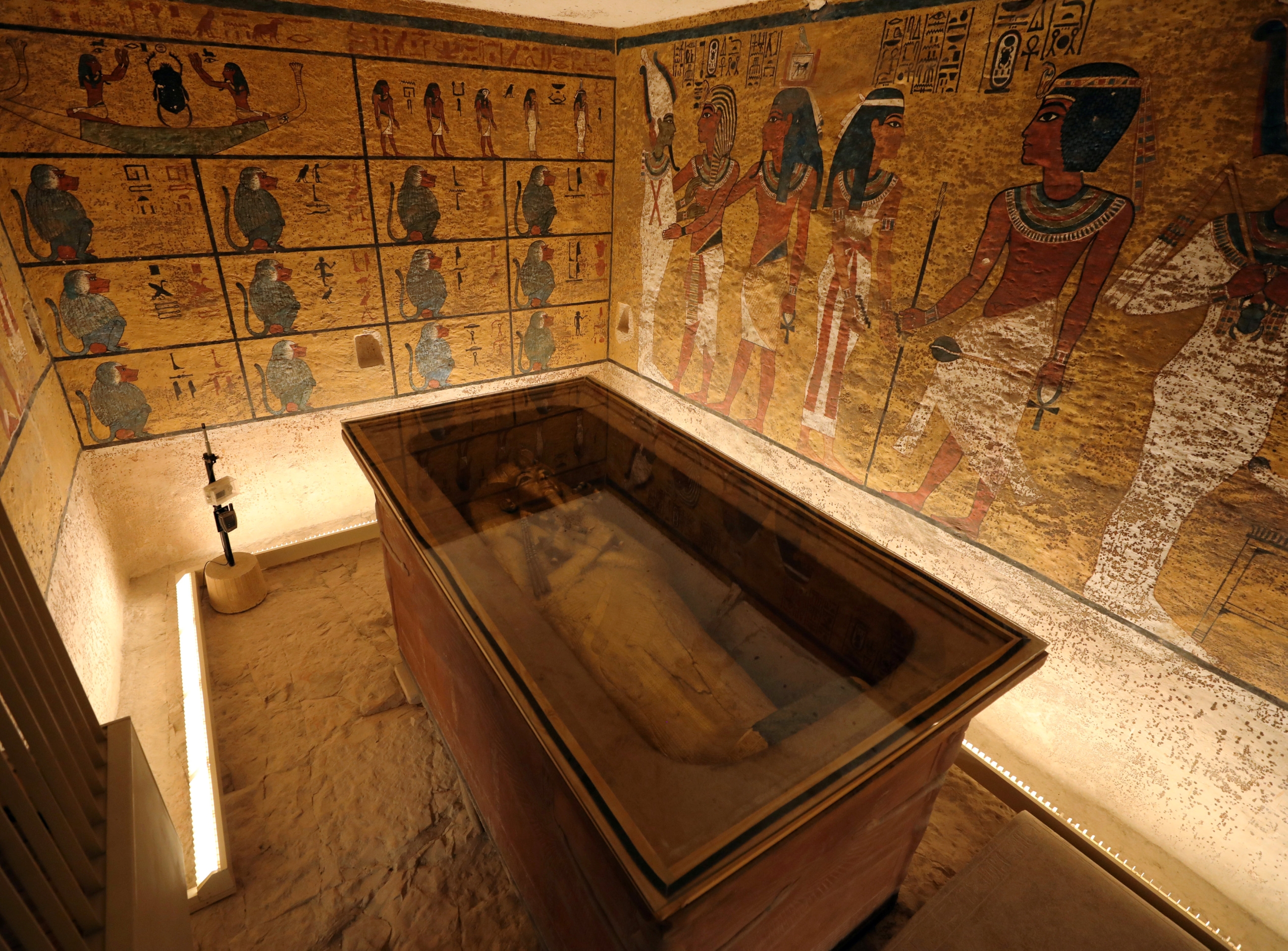
The tomb first became a worldwide sensation when it was discovered by British archaeologist Howard Carter in 1922, partly because it was so well preserved. But since then dust, damp and visitors have taken their toll on the site and its treasures (Reuters)

Tutankhamun ruled Egypt more than 3,000 years ago but held power for less than a decade. He assumed the throne when he was about ten and died in his late teens. Theories advanced during the past 100 years as to why he died include multiple bouts of malaria and a chariot accident (Reuters)
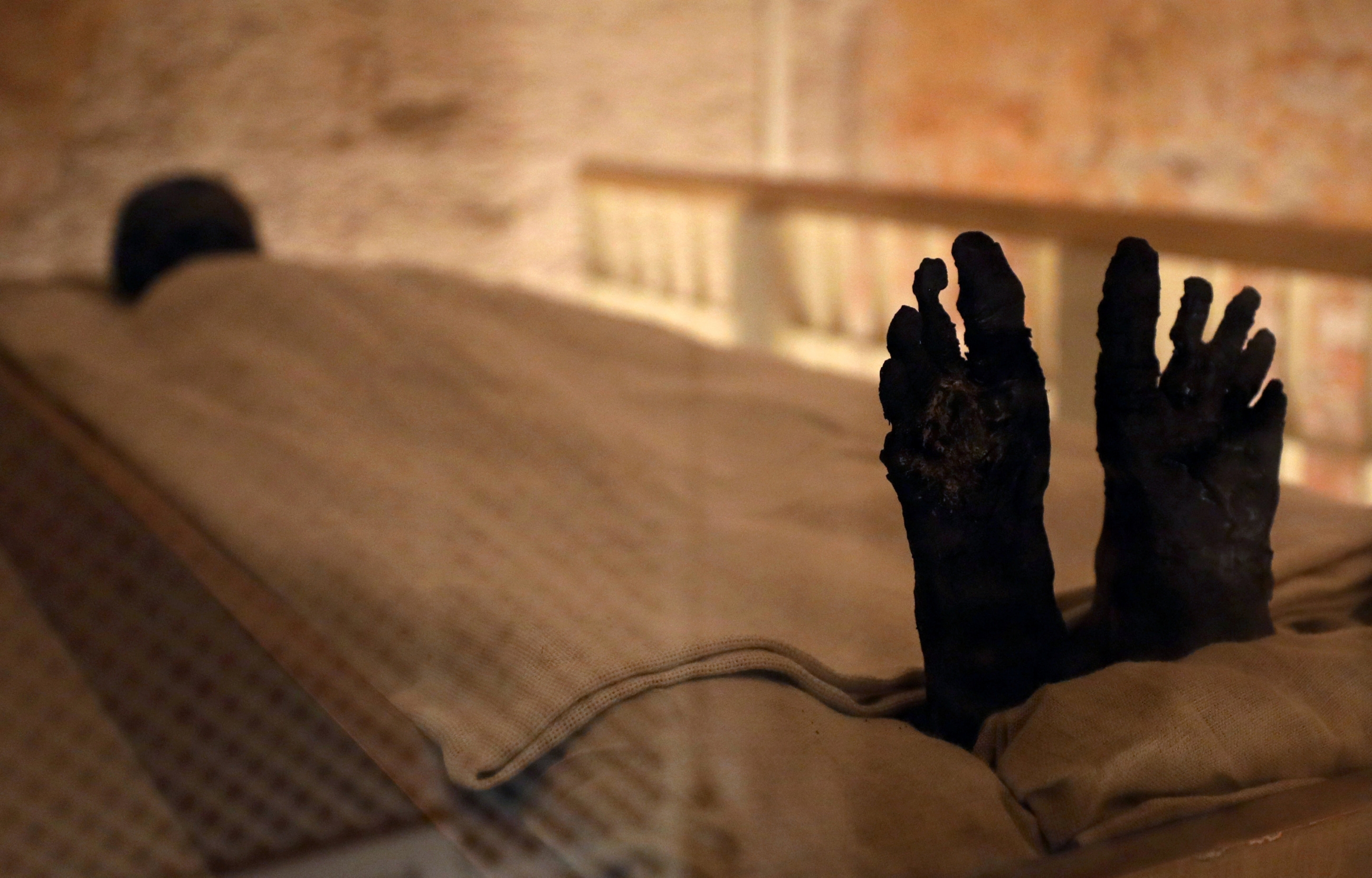
Many of the treasures from the tomb are displayed in Cairo, including the burial mask, but Tutankhamun’s remains rest in the burial chamber itself. It is one of four rooms, the others being the antechamber, the annexe and the treasury (Reuters)

The pharaoh's sarcophagus held three coffins of which this, the innermost, is made of solid gold. Carter reported when he found it that it was covered in a “thick black pitch-like layer” he theorised was most likely anointing liquid (Reuters)
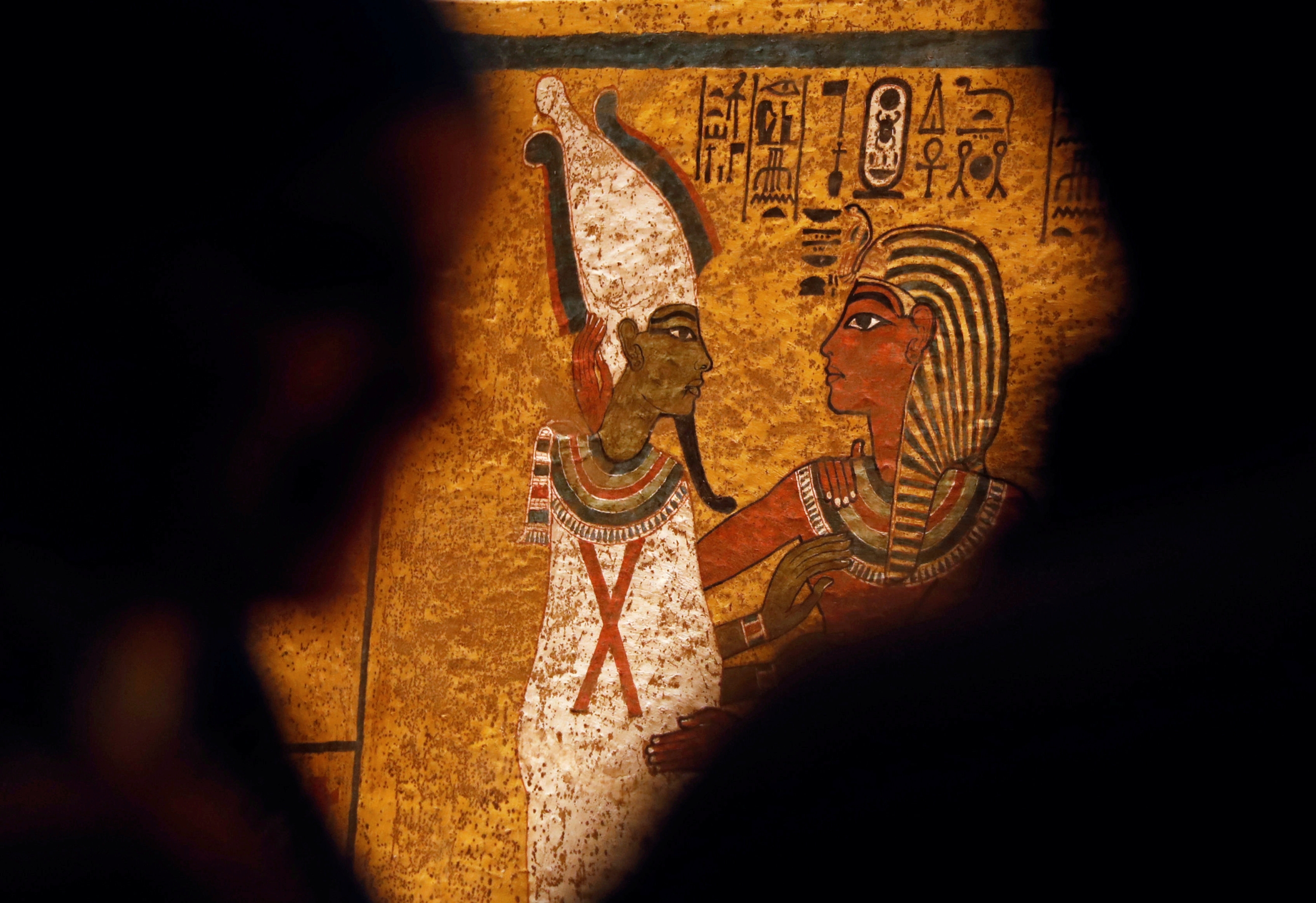
The restoration took 10 years, much of which was spent analysing the damage to the tomb – including graffiti by visitors, some of it dating back centuries. The process was also delayed by the political upheaval that Egypt has experienced since 2011 (Reuters)

The walls of the innermost chamber of the tomb are adorned with frescoes, now restored, which feature hieroglyphics, baboons and gods among others. Also buried alongside the deceased would be a collection of objects and supplies to help their journey through the afterlife (Reuters)
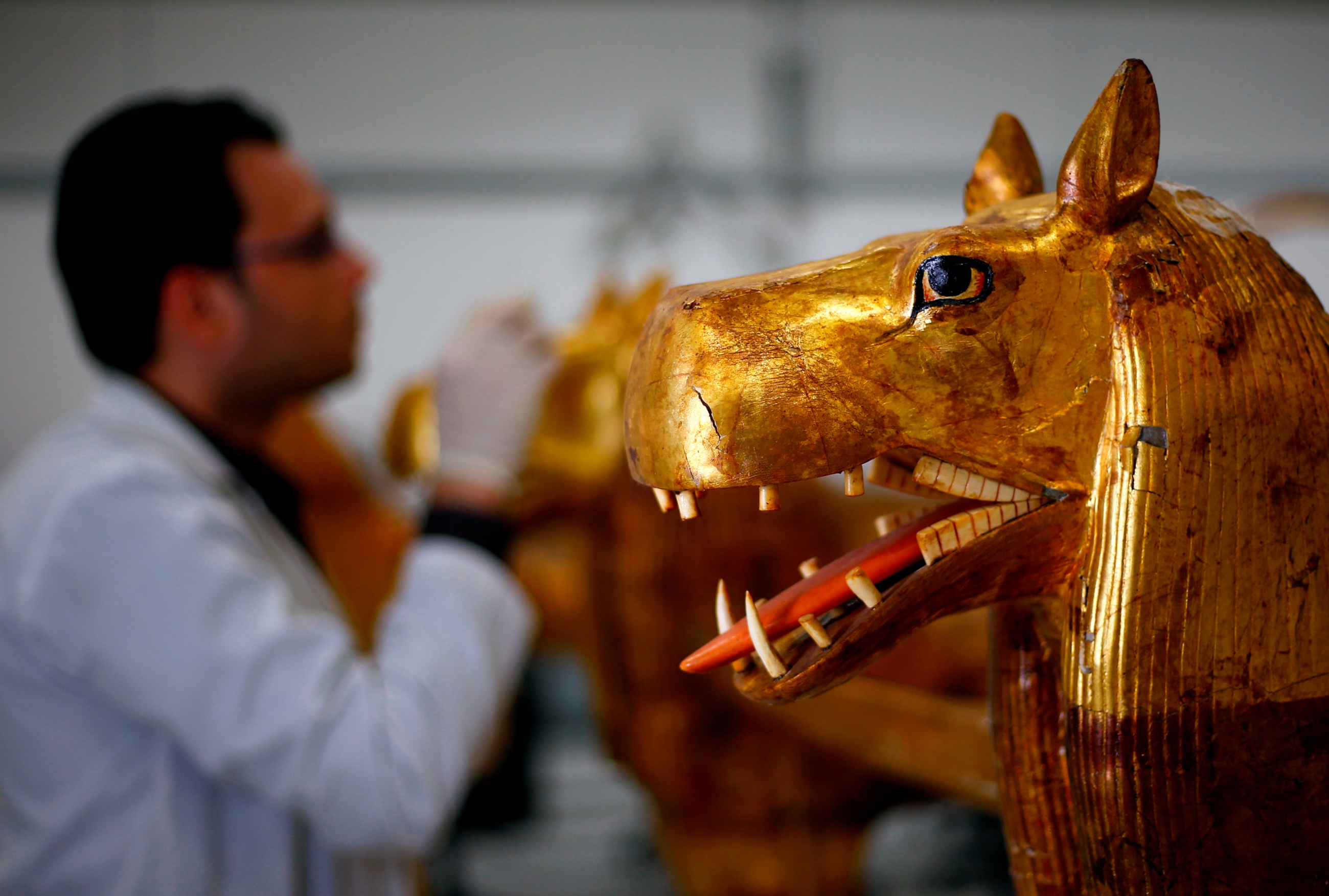
Here, an Egyptian archaeological technician at the conservation centre renovates a pharaonic bed with animal figures that belonged to Tutankhamun (Reuters)
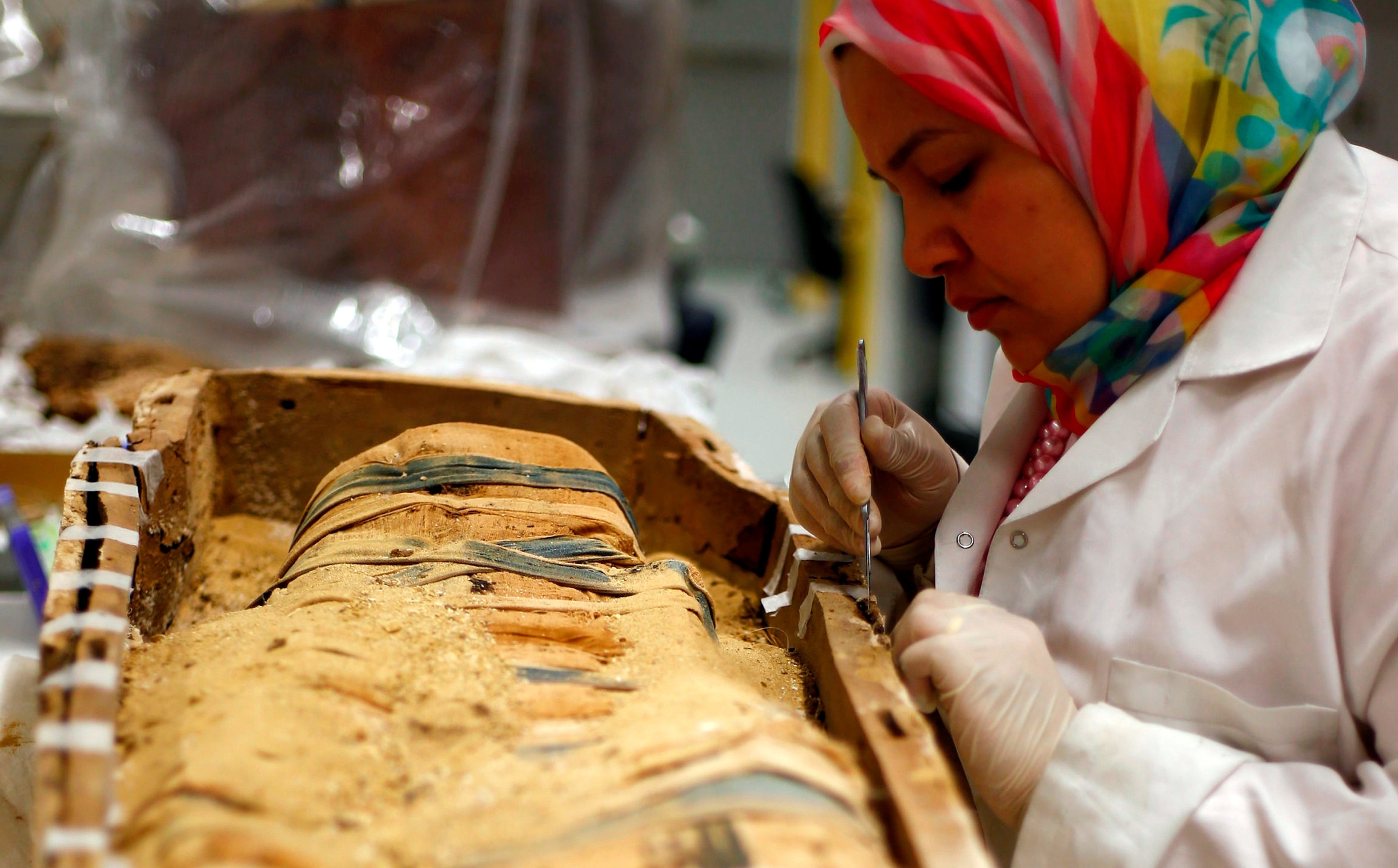
An Egyptian archaeological technician at the conservation centre renovates one of the mummies which was discovered near Tutankhamun. Two stillborn children, believed to be his heirs, were also buried with him (Reuters)

Here, an Egyptian archaeological technician renovates the golden war wheel which belonged to Tutankhamun. Other treasures visible in the background include a gold pharaonic bed to the right (Reuters)
Middle East Eye delivers independent and unrivalled coverage and analysis of the Middle East, North Africa and beyond. To learn more about republishing this content and the associated fees, please fill out this form. More about MEE can be found here.


